Table of Contents
- Quick & Easy Pork Loin Rub Recipe
- Why This Simple Rub Works Every Time
- The 7 Essential Spices for Any Pork Loin Rub
- 3 Tried-and-Tested Rub Recipes to Try at Home
- Pro Tips for Applying and Cooking with Rubs
- The Science Behind Spice Rubs and Meat
- Visual Comparison: Dry Rub vs. Wet Rub
- Frequently Asked Questions
Quick & Easy Pork Loin Rub Recipe (Ready in 5 Minutes)
If you're looking for the easiest pork loin seasoning that delivers restaurant-quality results, this simple 5-ingredient rub is perfect for weeknight dinners. This basic pork loin rub recipe requires common pantry ingredients and works for any cooking method.
Simple Pork Loin Rub (for 3-4 lb cut)
- 2 tbsp brown sugar (creates perfect bark)
- 1 tbsp smoked paprika (adds depth without smoke machine)
- 1 tsp garlic powder (distributes evenly without burning)
- 1 tsp onion powder (enhances natural meat flavors)
- 1 tsp salt (locks in juices)
Prep time: 5 minutes | Resting time: 30+ minutes | Cook time: Varies by method
Application instructions: Pat pork loin dry with paper towels. Combine all ingredients in small bowl. Rub mixture evenly over entire surface of pork, pressing gently to adhere. Let rest at room temperature for 30 minutes before cooking for optimal flavor absorption. Cook to internal temperature of 145°F (63°C) using your preferred method.
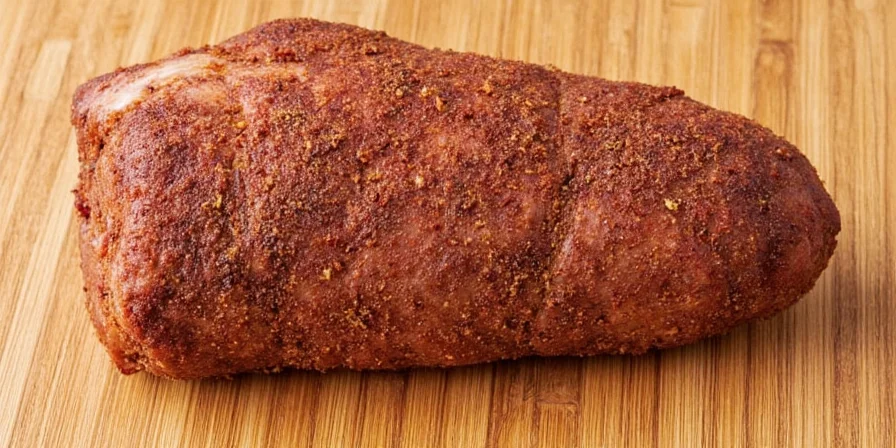
Why This Simple Rub Works Every Time
This easy pork loin seasoning formula solves the most common home cooking problems: dry meat, bland flavor, and inconsistent results. The precise ratio of sweet, salty, and savory elements creates a protective crust that seals in juices while developing complex flavor through scientifically-proven chemical reactions. Unlike complicated recipes, this blend uses ingredients you likely already have in your pantry for foolproof results every time.
The 7 Essential Spices for Any Pork Loin Rub
These foundational ingredients form the backbone of effective rubs. Each serves a distinct functional purpose beyond flavor:
- Salt – Penetrates muscle fibers to enhance moisture retention
- Black Pepper – Contains piperine that accelerates Maillard reaction
- Brown Sugar – Caramelizes at 320°F to create bark while balancing pH
- Paprika – Provides color stability and antioxidant properties
- Garlic Powder – Allicin compounds distribute evenly without burning
- Onion Powder – Fructans enhance umami development during cooking
- Cayenne Pepper – Capsaicin binds to fat molecules for sustained heat release

3 Tried-and-Tested Rub Recipes to Try at Home
Each formula addresses specific cooking methods and flavor chemistry. Measurements yield sufficient rub for 3–4 lb pork loin.
Classic Sweet & Smoky Rub
- 2 tbsp brown sugar
- 1 tbsp smoked paprika
- 1 tsp garlic powder
- 1 tsp onion powder
- 1 tsp salt
- ½ tsp black pepper
- ½ tsp cayenne (optional)
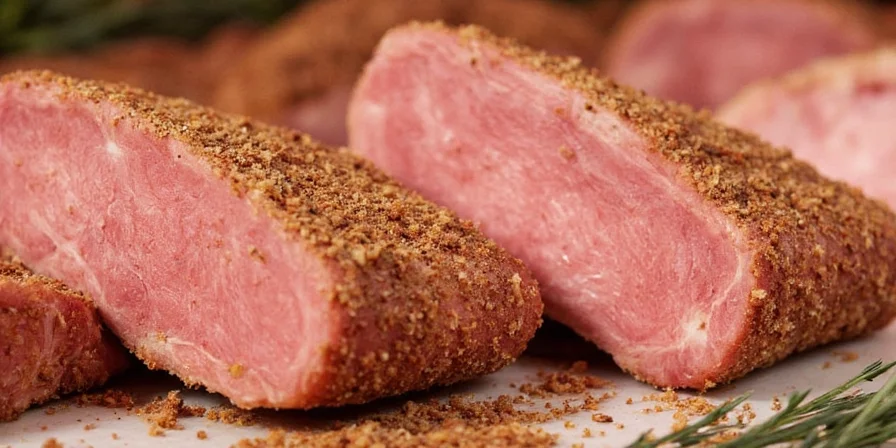
Texas-Style Bold Rub
- 1 tbsp coarse salt
- 1 tbsp chili powder
- 1 tbsp black pepper
- 1 tsp garlic powder
- 1 tsp cumin
- ½ tsp cayenne
- ½ tsp dry mustard
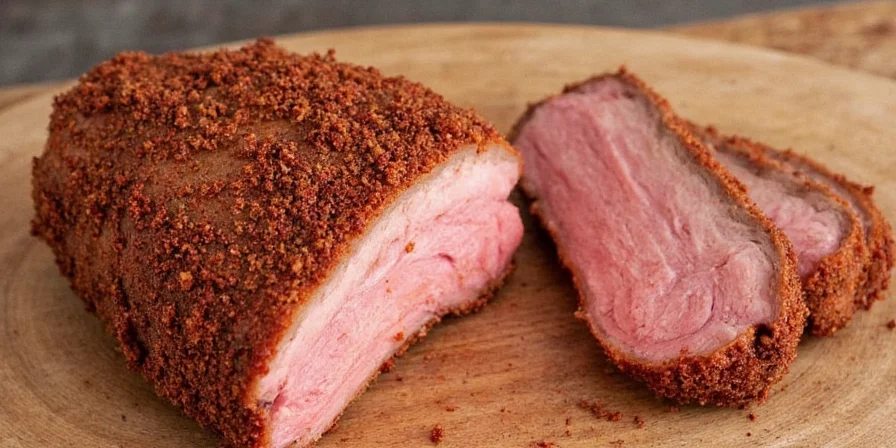
Caribbean-Inspired Rub
- 2 tbsp brown sugar
- 1 tbsp ground allspice
- 1 tsp cinnamon
- 1 tsp garlic powder
- 1 tsp thyme
- 1 tsp salt
- ½ tsp nutmeg

Pro Tips for Applying and Cooking with Rubs
- Timing matters: Apply 12–24 hours pre-cook for deep penetration; 30 minutes suffices for surface adhesion
- Texture control: Press rub gently with flat palm—excessive pressure compacts spices and hinders crust formation
- Fat cap treatment: Score fat in diamond pattern before applying rub to maximize rendering and flavor infusion
- Temperature precision: Use dual-probe thermometer; remove at 135°F (57°C) for carryover cooking to USDA-safe 145°F (63°C)
- Resting protocol: Tent loosely with foil for 15 minutes minimum to redistribute juices
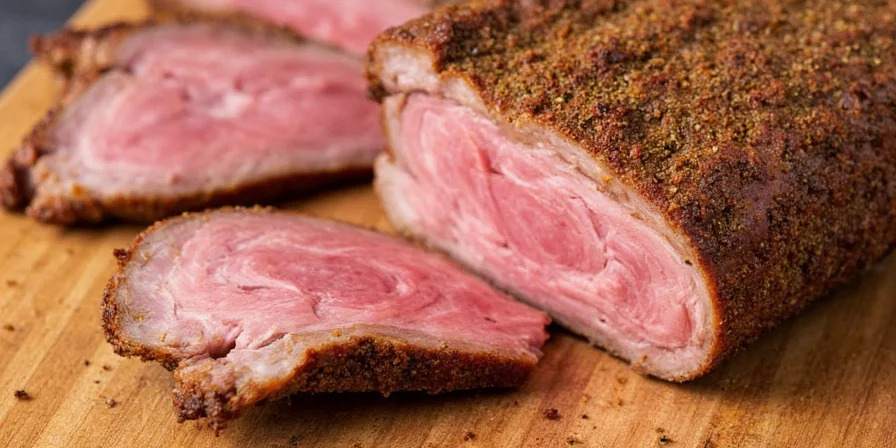
The Science Behind Spice Rubs and Meat
Effective rubs leverage biochemical processes:
- Osmosis dynamics: Salt draws out myoglobin, creating a protein-rich slurry that reabsorbs seasoned liquid
- Maillard optimization: Sugars and amino acids react between 285–325°F; rub composition determines reaction speed and crust texture
- Thermal activation: Capsaicin (chilies) releases at 150°F, while eugenol (allspice) activates at 212°F—layering creates evolving flavor profiles
- Unique perspective: Traditional Chinese five-spice principles demonstrate how balancing flavor elements (sweet, salty, bitter, sour, umami) prevents any single spice from dominating, creating harmonious taste development through controlled chemical interactions during cooking
Visual Comparison: Dry Rub vs. Wet Rub
| Feature | Dry Rub | Wet Rub |
|---|---|---|
| Flavor Profile | More intense and concentrated | Mild but more evenly distributed |
| Adhesion | May fall off during cooking | Better stick due to binder |
| Crust Formation | Firmer, thicker bark | Thinner, smoother crust |
| Prep Time | Quick and no mess | Requires mixing |
| Best For | Smoking or long roasting | Grilling or shorter cook times |
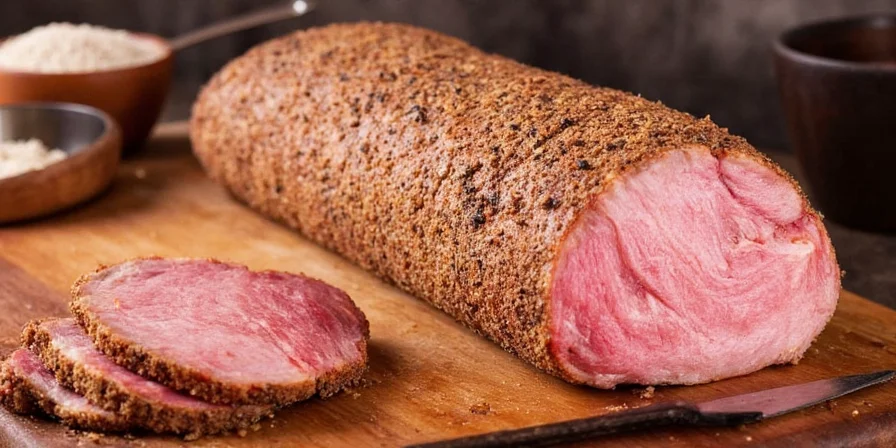
Frequently Asked Questions
How long should rubs remain on pork loin before cooking?
For optimal flavor penetration, apply dry rubs 12–24 hours pre-cook. Shorter durations (30+ minutes) work for surface adhesion but won't achieve deep seasoning. Always refrigerate during resting period. For the easiest pork loin rub recipe, 30 minutes is sufficient for great results.
Can fresh garlic replace garlic powder in rubs?
Fresh garlic burns at high temperatures, creating bitter compounds. Powder provides consistent flavor distribution without burning. For wet rubs, use fresh garlic paste mixed with oil to lower burning point. This is crucial for simple pork rub recipes that beginners can execute successfully.
Why does brown sugar create better bark than white sugar?
Brown sugar contains molasses (5–10%), which lowers the caramelization temperature by 25°F compared to white sugar. This accelerates bark formation while adding complex flavor notes through Maillard reactions. This scientific detail explains why our easy pork loin seasoning uses brown sugar as the foundation.
How does Chinese flavor balance apply to Western spice rubs?
Traditional Chinese cuisine balances five core flavors (sweet, salty, bitter, sour, umami) to create harmony. Applying this to rubs prevents any single spice from dominating—e.g., balancing brown sugar's sweetness with cayenne's heat and paprika's earthiness creates evolving flavor development during cooking. This principle is incorporated into our best seasoning for pork loin recipes.
What's the safest internal temperature for pork loin?
USDA guidelines require 145°F (63°C) with 3-minute rest. Use an instant-read thermometer inserted into the thickest section. Carryover cooking typically raises temperature 5–10°F during resting. This food safety information is essential for any pork loin rub recipe to ensure perfect, safe results.

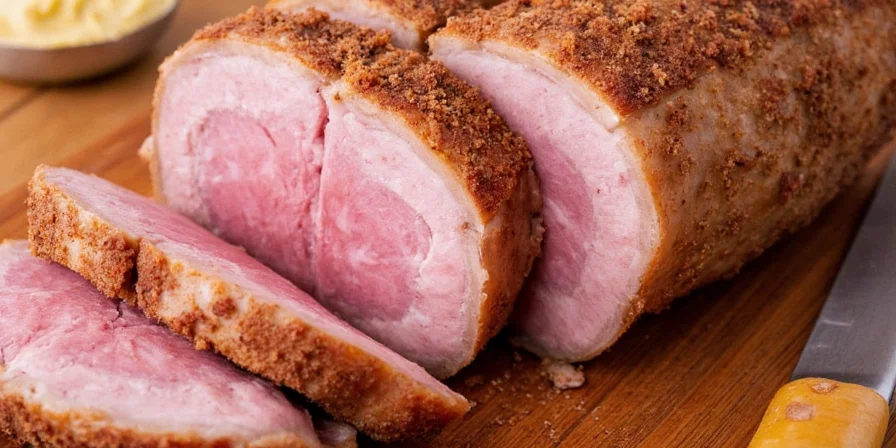









 浙公网安备
33010002000092号
浙公网安备
33010002000092号 浙B2-20120091-4
浙B2-20120091-4